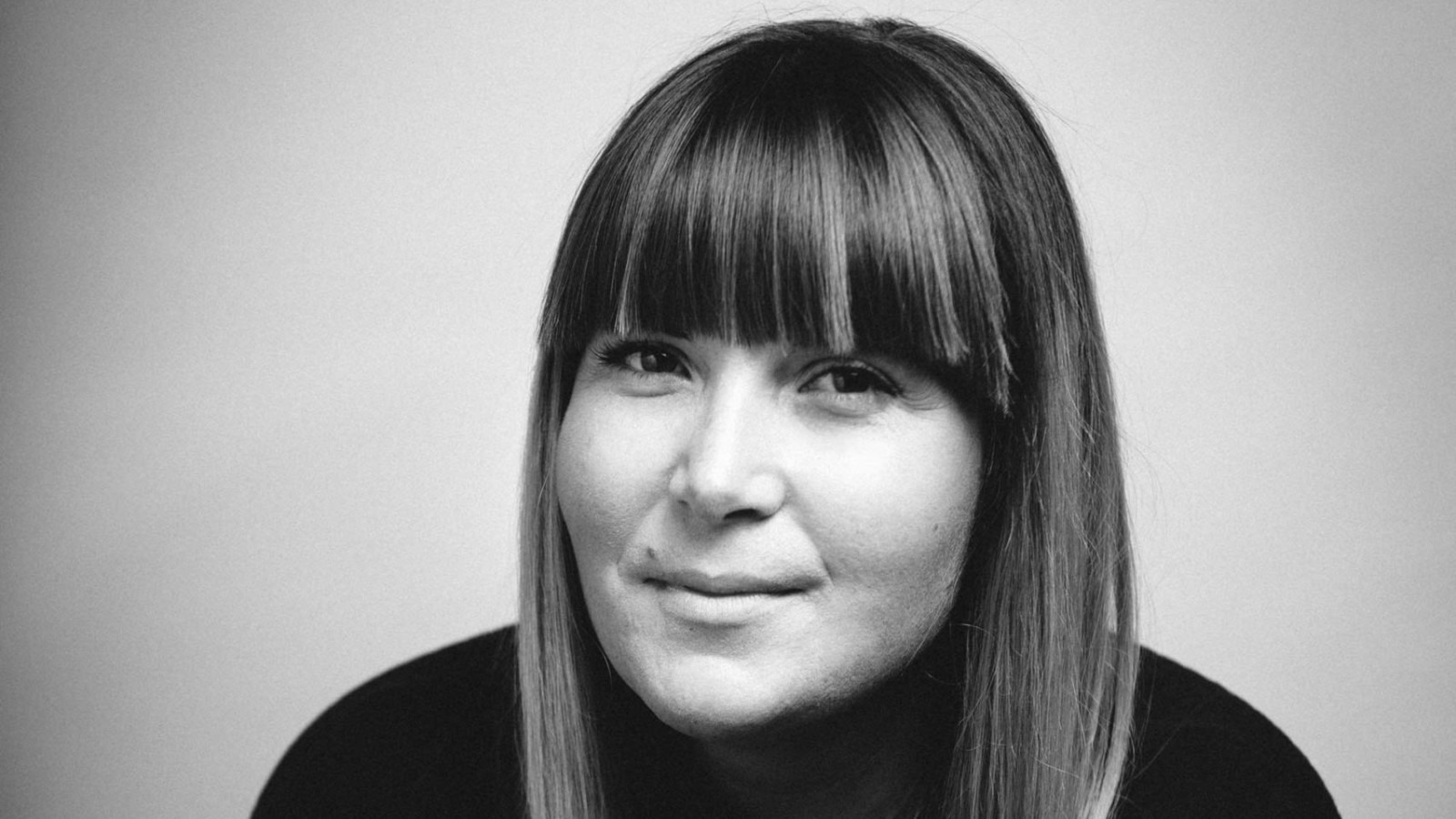A career as an art historian began in the darkrooms of Photo 101
Williston was the last stop on Allison Robb’s prep-school tour. She was ready to throw in the towel; no school was singing to her. Then she stepped onto campus and fell in love. She made the move from Athens, Georgia, to Easthampton, and the choice launched her into the art world. After Williston, she earned her bachelor of fine arts at Syracuse University, and her master’s and PhD from the University of Manchester in England. She lives in Brooklyn and is the artist liaison for the Gagosian Gallery in Chelsea.
How did you know Williston was the right school for you?
The minute I stepped on campus, I got an actual feeling and thought, “This is it. This is the school for me.” It was the artistic, experimental environment of Northampton. And walking around campus at Williston, there were people who were dressing the way that they wanted to, exploring who they were, and being able to visually demonstrate that on a campus. For me, being raised with artistic freedom and a background in the creative arts—that was paramount.
Which teacher had the most impact on you?
Ed Hing. In hindsight, he had a major influence on the trajectory of my education and ultimately career path. When I started taking Ed’s course Photo 101, photography became more than a hobby to me. It became kind of a passage into a career. I didn’t think that Ed was too strict or stern, but you wanted to do good work for him. That photography department at Williston was what brought me to art school and then later into the art scene.
Can you remember a photography project?
We had to find an artist we were interested in, and try to emulate that person. For me, it was Diane Arbus. I remember looking at all of her photographs and being really interested in the way that she photographed people and their environments. I went to an assisted living facility and followed some people around and photographed them throughout the day, throughout their daily chores, and tried to show the mundane and perhaps darker side of that experience. I don’t think the work that I did was great, but the exercise and research that came from that project instilled a deep love and appreciation for documentary photography, in all its complexities.
How did you get drawn into working in the art world?
After college I moved to NYC and had a job in the fashion industry, and after a few years became a bit disillusioned with what I was doing. The quarter-life crisis is a real thing. I decided to intern on the weekends at a small gallery. I did the schlepping around New York City, getting coffee for people, and then, during the week, I had my real job, where I had an assistant. It was a pretty weird role reversal for me, but I liked working in the gallery. That brought me to wanting to get my master’s in art history, so I could understand how to speak about art a little bit more.
And then you pursued your Ph.D. in art history?
Again, I’m sure Williston played a part in my feeling OK about moving to a foreign country for school. While in the master’s program I met an American professor in England, Amelia Jones, who opened me up to feminist theory and art theory, and thinking about art and visual culture in ways that were outside of the traditional scope of art history. There was a history that I didn’t even know about within the women’s art movement, that informed and was informed by the women’s rights movement, civil rights movement, gay rights movement, etcetera. Amelia championed me to get my doctorate, so I enrolled in Manchester’s PhD program. That was another moment in my life where an academic shifted things for me.

